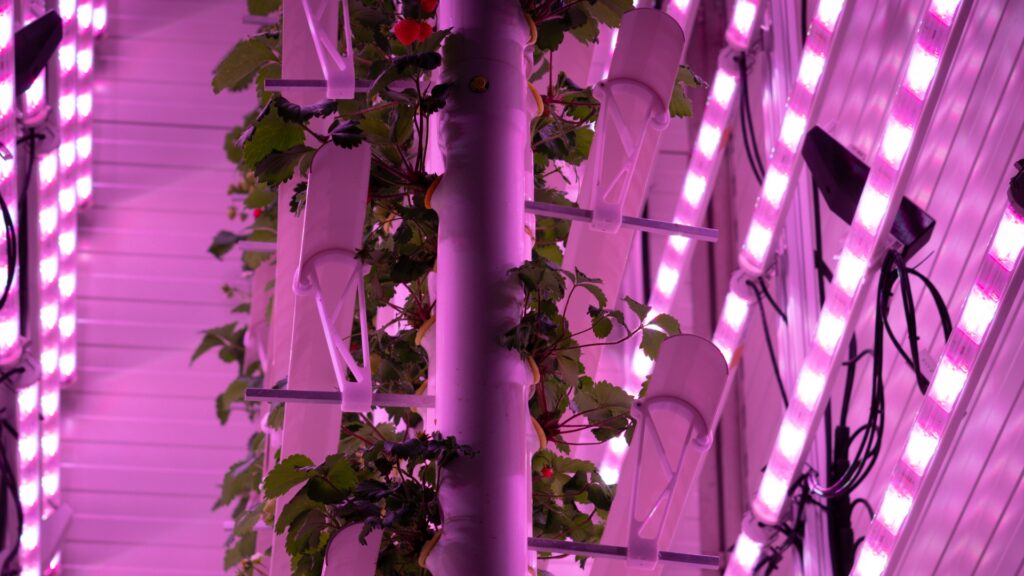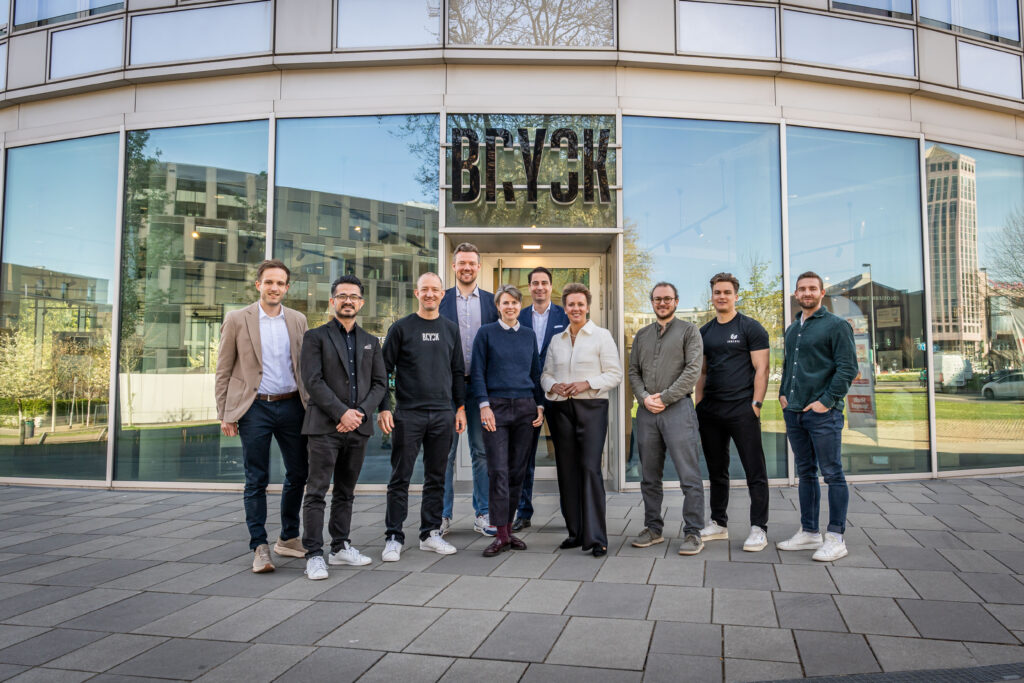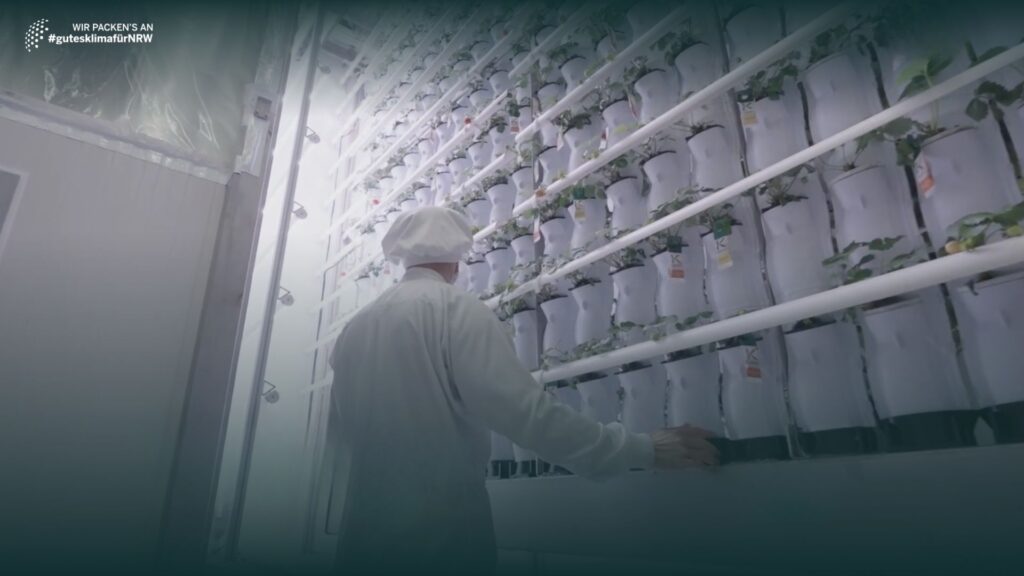Technological innovation is about using modern technologies to create something new or find smarter ways to use what we already have. By combining fresh ideas with improvements to existing solutions, technological advancements enhance our lives, drive economic growth, and tackle complex challenges. From small-scale improvements, like streamlining manufacturing processes, to game-changing breakthroughs that transform entire industries, technological innovation shapes both our everyday experiences and the future we’re building.
One of the biggest challenges we face today—whether as individuals, communities, or businesses—is climate change. Addressing this issue demands bold and creative solutions. This where the immense potential of modern technologies comes into play: By optimizing resource use, cutting emissions, and unlocking new economic opportunities, technological innovation becomes a critical driver of sustainable development.
In this article, we’ll explore what technological innovation really means, break down its different forms, and highlight real-world examples that show how it can pave the way for a more sustainable future.
Table of Contents:
- What is Technological Innovation?
- How Does Technological Innovation Drive Sustainability?
- Types of Technological Innovation: Incremental and Disruptive
- Case Study: vGreens – Sustainability in Food Production
- Conclusion
What is Technological Innovation?
To grasp the link between technological innovation and sustainability, it’s essential to start by defining what the term really means.
A Definition
Technological innovation refers to the introduction of new tools, systems, processes, or the technological enhancement of existing approaches to drive progress and solve challenges effectively. By continuously evolving, technology helps overcome challenges that current solutions cannot address. Harnessing technological innovation is therefore a crucial driver of business competitiveness and economic growth.

Schumpeter and Solow: Pioneers of Innovation Theory
In 1911, Austrian economist Joseph Alois Schumpeter introduced the concept of “creative destruction”, an idea that describes the process where new technologies or business models displace existing ones, reshaping markets along the way. Schumpeter believed this cycle to be essential for economic growth and prosperity. Years later, this concept was echoed by Paul Polman, the former CEO of Unilever:
“The world is changing enormously. In a company, you need to work hard on learning new skills every day, but you also need to unlearn skills from the past.”
The critical role of innovation in sustaining long-term economic growth was further emphasized in the renowned Solow-Swan-Model, which was independently developed by American economist and Nobel laureate Robert Solow and Australian Economist Trevor Swan in 1956.
It is important to note, that technological innovations can either evolve gradually (incrementally) or disrupt industries entirely (disruptively). Both types play a crucial role in fostering sustainable progress.
How Does Technological Innovation Drive Sustainability?
In sustainability, technological innovation doesn’t just enhance efficiency—it also drives positive change for the environment, economy, and society. By reducing resource consumption, cutting emissions, and promoting social equity, innovation aligns growth with sustainability.
Technological Innovation as a Catalyst for Sustainable Development
Thus, technological innovation plays a pivotal role in advancing sustainability efforts. As highlighted by a recent study from the German Konrad-Adenauer-Stiftung, innovation and technological progress are critical to aligning economic growth with climate protection.
Technological innovations enable businesses to operate more efficiently, reduce waste, and shrink their environmental footprint. For example, AI-powered systems can optimize energy use in manufacturing, while drone technologies are revolutionizing supply chains by cutting greenhouse gas emissions and reducing costs.
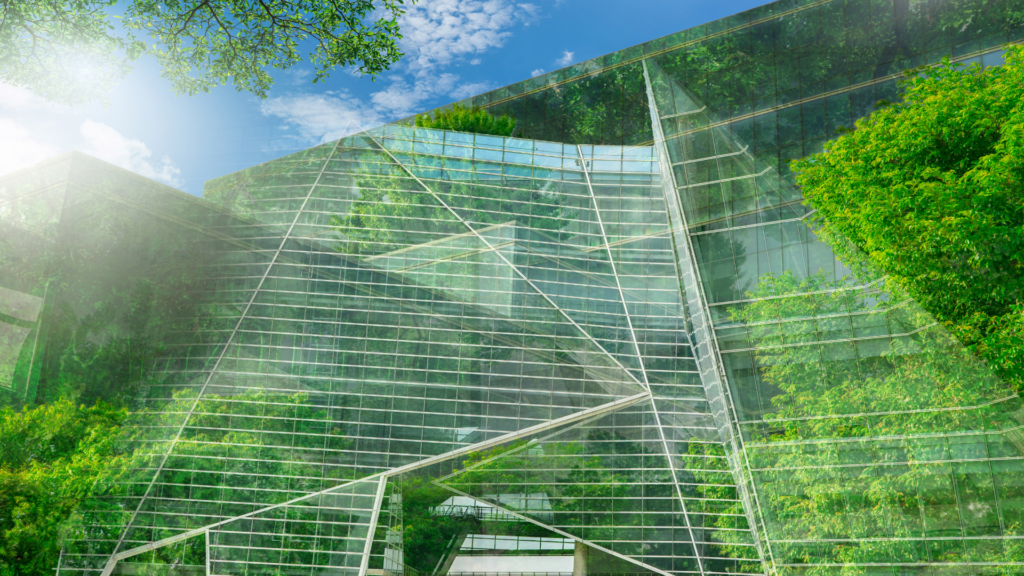
Technological innovations that bring transformative changes to value chains are particularly important. They push industries toward more sustainable practices, often reshaping entire markets in the process. At the same time, they encourage competition and open doors for new industries to emerge, creating positive ripple effects throughout the economy.
At its core, technological innovation sets the stage for sustainable development by boosting efficiency, accelerating the adoption of clean technologies, and tackling both environmental and social challenges. Whether these innovations happen gradually or disrupt entire systems, their impact is always significant.
Why Sustainable Technological Innovation is Becoming More Important
Sustainable technological innovation is more critical today than ever before. The pressing global challenges we face—like climate change, dwindling natural resources, and growing demands for corporate accountability in environmental and social responsibility—have made it absolutely essential. Traditional business models and technologies simply aren’t enough to meet these demands.
Key sustainability goals, such as cutting greenhouse gas emissions or preserving natural ecosystems, cannot be achieved without innovation. On top of that, both customers and investors are increasingly calling on companies to take responsibility and deliver creative solutions that drive sustainability forward.
In short, sustainable technological innovation isn’t just a choice—it’s a necessity.
Two Types Technological Innovation: Incremental and Disruptive
As discussed earlier, technological innovation can be divided into two categories: incremental and disruptive.
These two approaches differ in key areas, such as their target audience and how technological progress is implemented. However, both play an essential role in driving sustainable technological development.
Incremental Innovation
What is Incremental Innovation?
Incremental innovation is all about making gradual improvements to existing products, processes, or services. It focuses on boosting performance, efficiency, or sustainability without causing major disruptions to industries.
Unlike radical changes, this evolutionary approach builds on what’s already in place, making it less conspicuous in daily life and receiving less media attention. However, incremental innovation still accounts for an impressive 98% of all advancements.
Examples of Incremental Innovation
- Smart Home Technology: By integrating sensors, networks, and automation into everyday devices, smart home technology gradually enhances functionality. From thermostats to lighting, these devices become more intelligent, energy-efficient, and user-friendly, boosting convenience without requiring users to adapt to entirely new systems.
- Apple: Regular updates to iPhones and MacBooks showcase incremental innovation. Each new release improves performance—whether through faster processors, better cameras, or longer battery life—building on existing technologies for a better user experience.
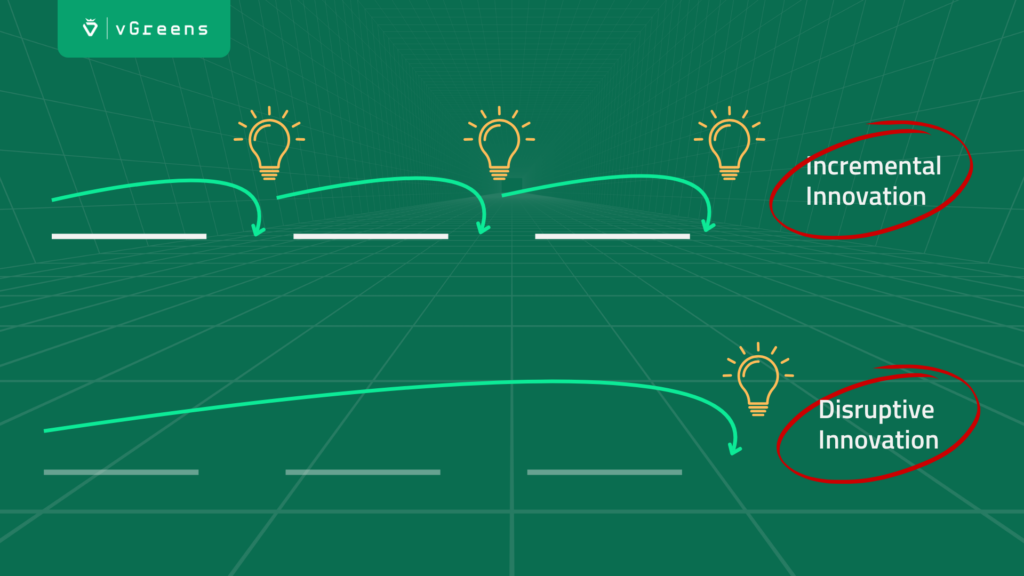
Disruptive Innovation
What is Disruptive Innovation?
Disruptive innovation takes a different approach, revolutionizing markets and industries by introducing entirely new technologies or business models. These groundbreaking advancements often begin in niche markets but gradually expand into the mainstream, frequently displacing established leaders along the way.
Examples of Disruptive Innovation
- Uber: Revolutionizing the taxi industry, Uber’s app connects drivers and passengers through a unique platform. With features like transparent pricing, GPS tracking, and seamless payments, Uber has transformed how we think about transportation.
- Bitcoin: As the world’s first decentralized digital currency, Bitcoin has disrupted traditional finance. Built on blockchain technology, it enables secure, transparent, and decentralized transactions, challenging the very foundations of centralized banking systems.
Understanding the Difference Between Incremental and Disruptive Innovation
Incremental and disruptive innovation differ in several key ways, from their target audiences to the scale of their impact. Here’s a quick breakdown:
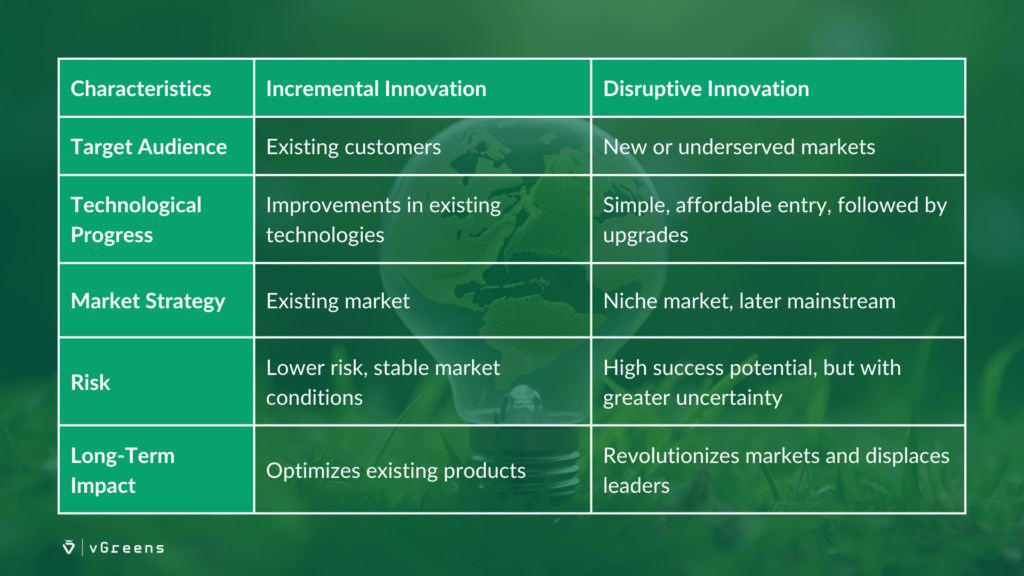
Why Both Types of Innovation Are Essential
While they may seem vastly different, incremental and disruptive innovation are equally important—they complement one another in their goals and effects. Incremental innovation focuses on refining and optimizing existing products and technologies, while disruptive innovation reinvents markets and industries from the ground up. Together, they drive sustainable development, foster resilience, and ensure continuous progress in both business and society.
This is especially true when it comes to the impact of technologies on sustainability:
- Incremental innovation is key to sustainable development as it makes existing products and processes more environmentally friendly. For example, vehicles are becoming more energy-efficient, and packaging is becoming more sustainable. Studies suggest that incremental innovation is often more easily embraced by users since it builds on familiar products or services, meaning the target audience doesn’t have to make significant behavioral changes or compromises.
- Disruptive innovation, on the other hand, has the potential to create entirely new business models and technologies that aim for a carbon-neutral or regenerative future. Examples include renewable energy or the transition to electric vehicles. While disruptive innovation requires more adjustment from users, it is often necessary to make significant leaps forward, break through old models, and lay the foundation for new, sustainable approaches.
Technological Innovation at vGreens: Sustainability in Food Production
Transforming Agriculture with vGreens
Food shortages and the environmental impact of traditional agriculture are among the biggest challenges of our time. Comprehensive, science-based studies like the EAT-Lancet Commission report “Food in The Anthropocene” highlight the urgent need for a fundamental transformation in agriculture and dietary habits by 2050 to sustainably feed a growing global population without destroying the planet.
At vGreens, we are committed to revolutionizing food production through the smart application of technology. We see tremendous potential in cultivating nutrient-rich fruits as a way to make a significant contribution to global food security. Using a fully automated, data-driven approach, vGreens not only improves agricultural standards but sets entirely new benchmarks for sustainable food production.
The Vertical Farming Advantage
The vGreens technology is based on an innovative approach to vertical farming, in which plants are grown vertically in a hydroponic system. Plants grow in a nutrient-rich solution rather than soil, dramatically reducing resource use:
- 99% less land
- 95% less water and fertilizers
- No pesticides
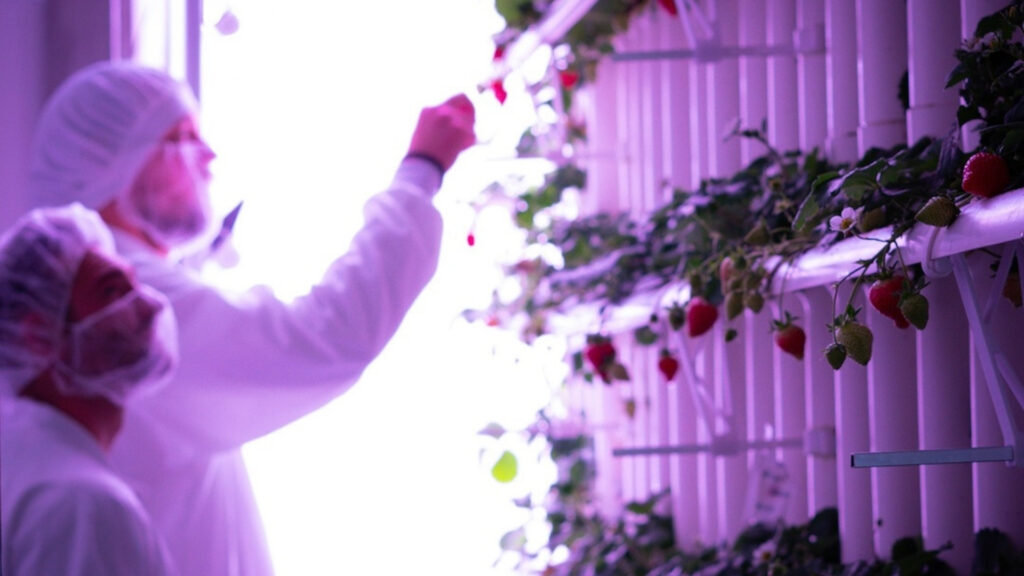
On top of that, our tailor-made AI-driven software continuously optimizes growing conditions—temperature, humidity, CO₂ levels, lighting, and nutrients—to ensure ideal environments for plants.
Energy Efficiency and Flexibility
vGreens farms act as virtual batteries, adjusting energy consumption to match grid conditions and renewable energy availability. This makes them a sustainable alternative to traditional energy storage systems.
Setting New Standards
By cutting resource use and eliminating pesticides, while also enabling year-round production and reducing reliance on weather patterns or global supply chains, vGreens is redefining what responsible farming looks like. Its smart use of AI and renewable energy ensures high-quality standards while safeguarding the environment.
vGreens bridges the gap between technology and sustainability, giving industries the tools they need to contribute to the global transition toward more sustainable food production. This is why vGreens serves as a prime example of disruptive technological innovation.
Conclusion
Technological innovation is essential for tackling today’s biggest challenges. Breakthroughs in areas like AI, renewable energy, and smart farming are streamlining processes, protecting the environment, and driving sustainable growth.
Both incremental advancements and disruptive innovations play a critical role. Incremental improvements enhance existing solutions, while disruptive breakthroughs reshape industries and pave the way for transformative progress.
Companies like vGreens demonstrate how technology can fuel ecological, economic, and social advancement. As climate change and resource scarcity become more urgent, innovation will be crucial to achieving sustainability goals like cutting emissions and preserving ecosystems.
The future depends on technologies that are not just efficient and profitable but also sustainable. Technological innovation is the key to balancing economic growth with climate action, building a better future for all.



